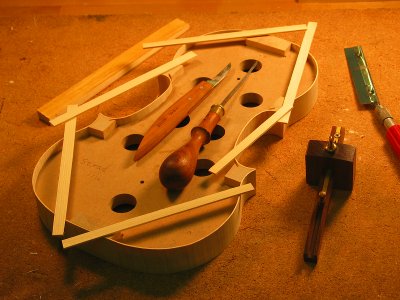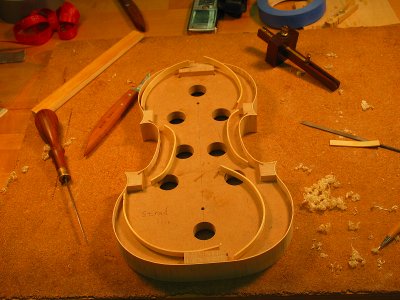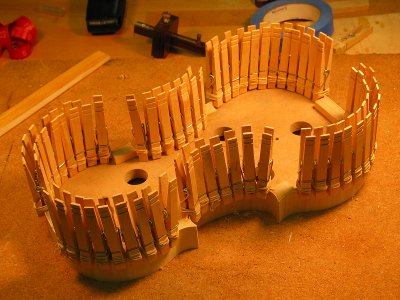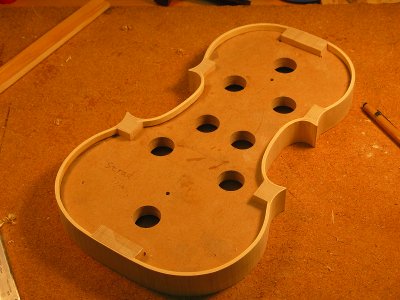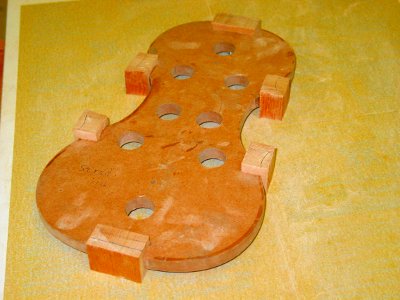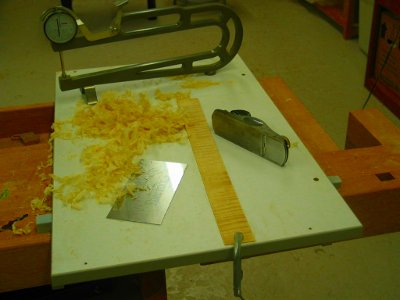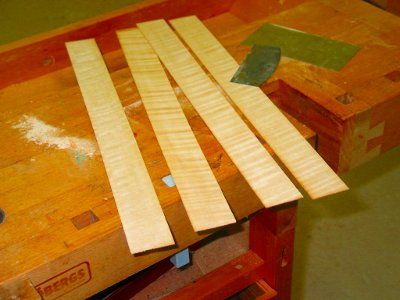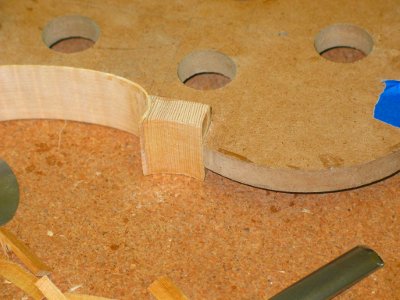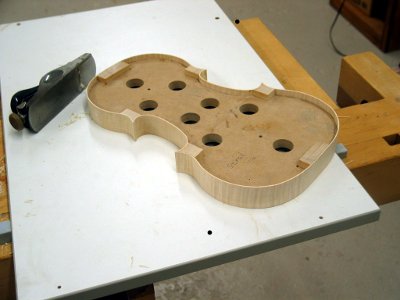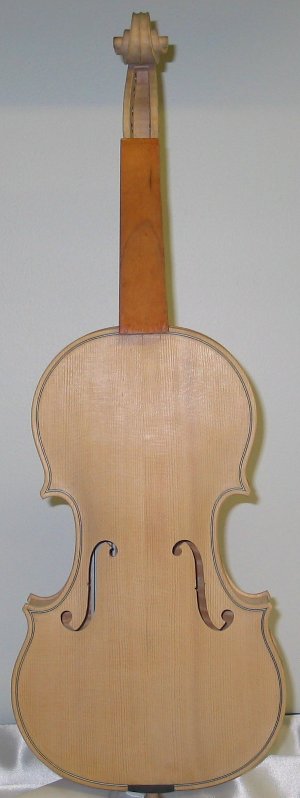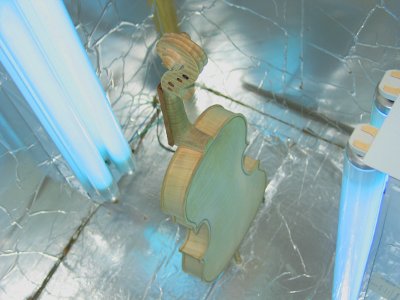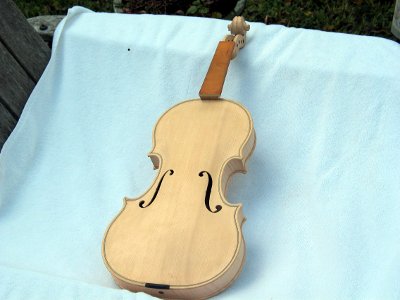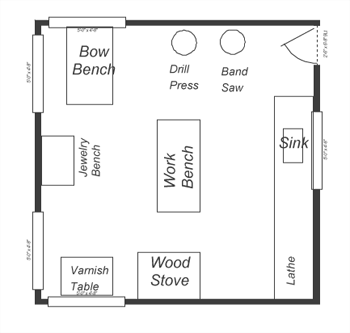I often get asked what strings I recommend for violins and violas. Unfortunately the answer is, “It depends”. Most importantly it depends on your instrument. A warm sounding instrument might need brighter sounding strings in order to boost projection. Conversely, a bright sounding instrument might need to be warmed up a little.
The next thing to consider is what I will call your style of play. If you play and electric or amplified instrument, the strings really don’t matter. EQ has much more effect on your sound than strings ever will. I often suggest to my young or inexperienced players that they use steel-core strings. The main reason is that with steel-core strings you can put fine tuners on all four strings and it makes tuning much easier (this also applys to players that have worn out or poorly adjusted pegs). Most other players should consider one of the synthetic core strings that are available. Baroque and period players, however, like the sound and feel of gut strings
That said, I will give my impressions of strings I am familiar with.
Steel Core – My favorite steel core strings are Thomastik Spirocore. I think these give good tone (similar to Dominants) on a variety of instruments and are very stable.
Synthetic Core – Thomastik Dominants are a good all around choice for a wide range of instruments. I think these are the best price/performance strings available. My favorite strings for tone and projection are Pirastro Obligato with a gold E-string. These have a wonderful tone on most instruments, are well balanced and very stable. I generally don’t like the new Thomastik Visions. On most instruments that I have heard they just have too much scintillation (I can’t think of a better word). I have never seen and instrument that can handle Evah Pirazzi strings. The G and D can be good but the A is just awful. For viola I like (as well as most of my professional customers) Obligatos with a Larsen A. Larsen really nailed the viola A string.
Gut Core – I don’t have much experience with gut strings. For most instruments the synthetic core are superior performers. I do have experience with Oliv and Eudoxa. I may prefer the tone of Eudoxa on the instruments I have tried them on.
One final word for players who have really fine old instruments. Quite often theses instruments, due to crack repairs and sound post patches, have an unbalanced tone. This can usually be largely overcome by mixing and matching strings. This is a time consuming and expensive exercise but usually well worth it.
